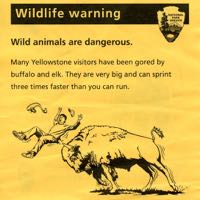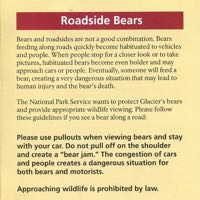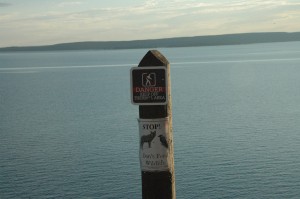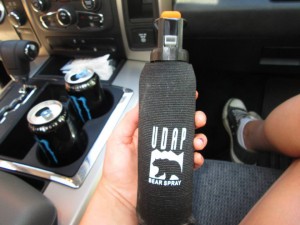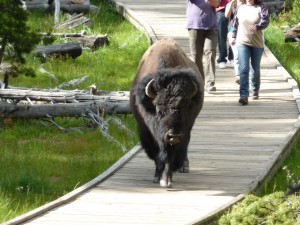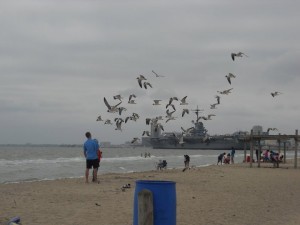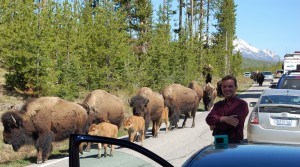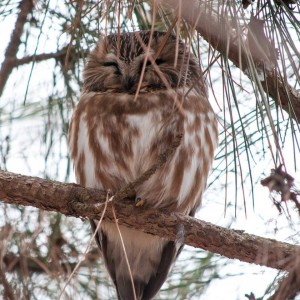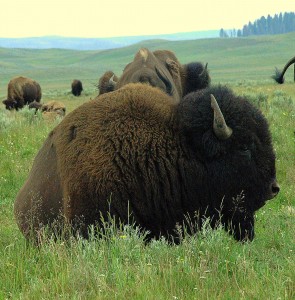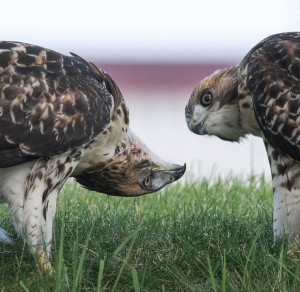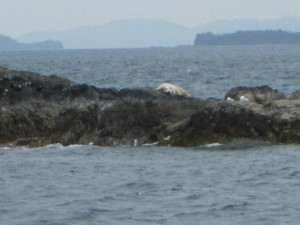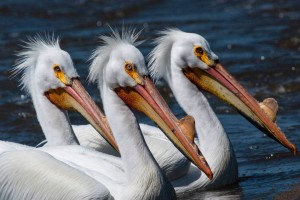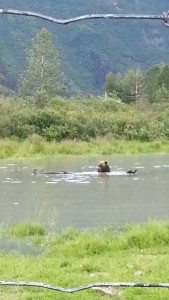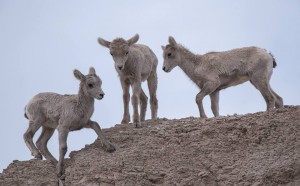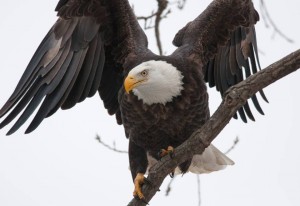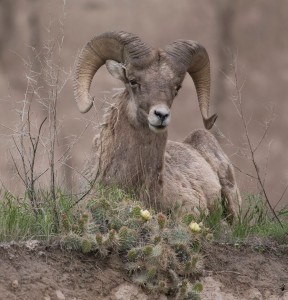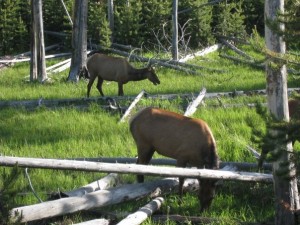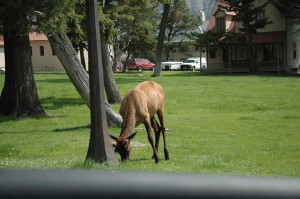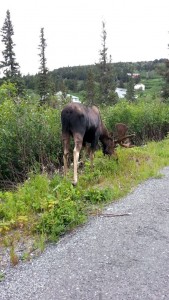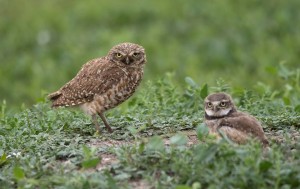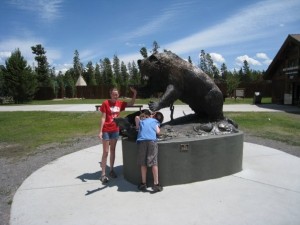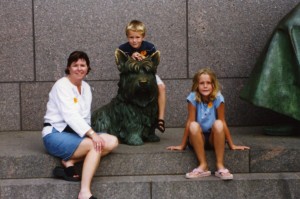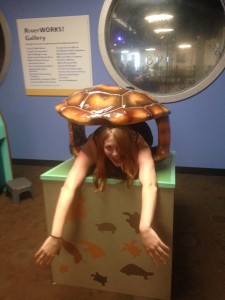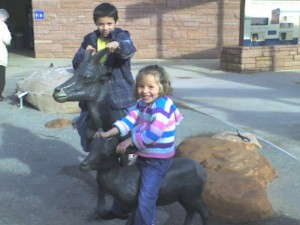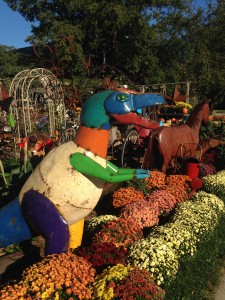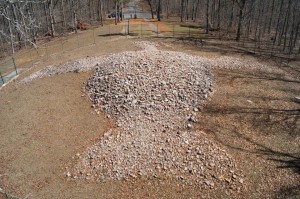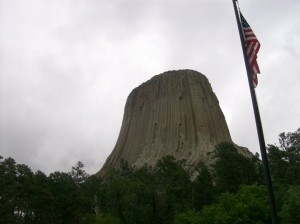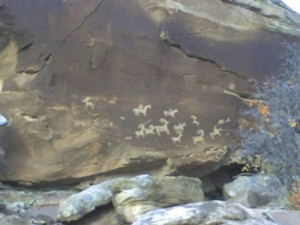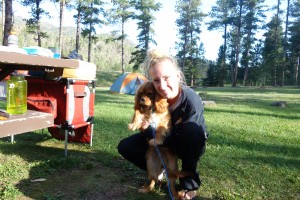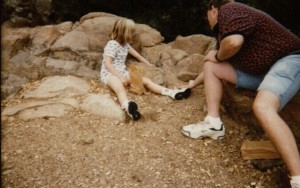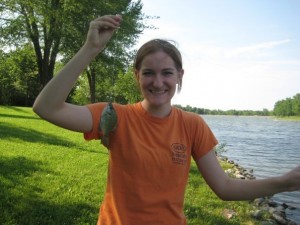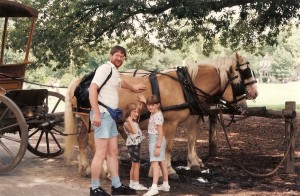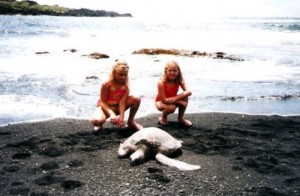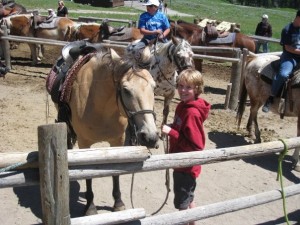There is nothing that compares to the feeling of holding your breath as you make eye contact with an owl, witnessing a wild bear swimming down the river, and catching a glimpse of an elusive fox on the trail. These interactions with wildlife are priceless, and the National Park Service works hard to control and manage our interaction with the animals through basic rules and warning signs. The more dangerous animals test our camera’s zooming abilities, animal statues allow us to interact more closely, and we always attempt to sneak closer to the smaller, gentler animals. It took us decades to reach a closer balance between humans and wildlife, and our parks and cultural sites showcase our best attempts of striking this balance.
Wildlife Resources
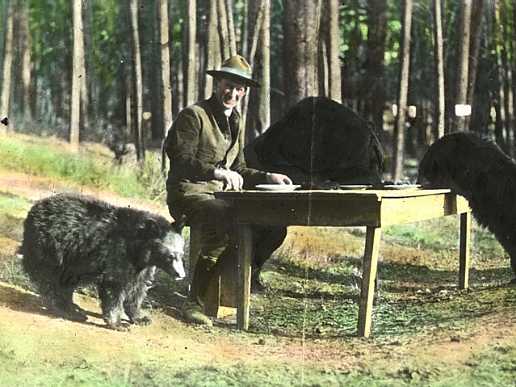
Management of America’s national parks and park service sites has not been easy, and most of what we have learned has been through trial and error over the years. An overview of the National Park Service’s wildlife management story can be found here.
“…Restoring the primitive scene is not done easily nor can it be done completely. Some species are extinct. Given time, an eastern hardwood forest can be regrown to maturity but the chestnut will be missing and so will the roar of pigeon wings.” – A. Starker Leopold
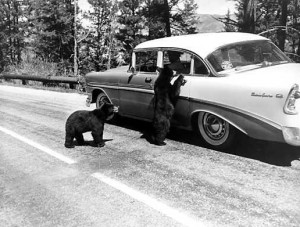
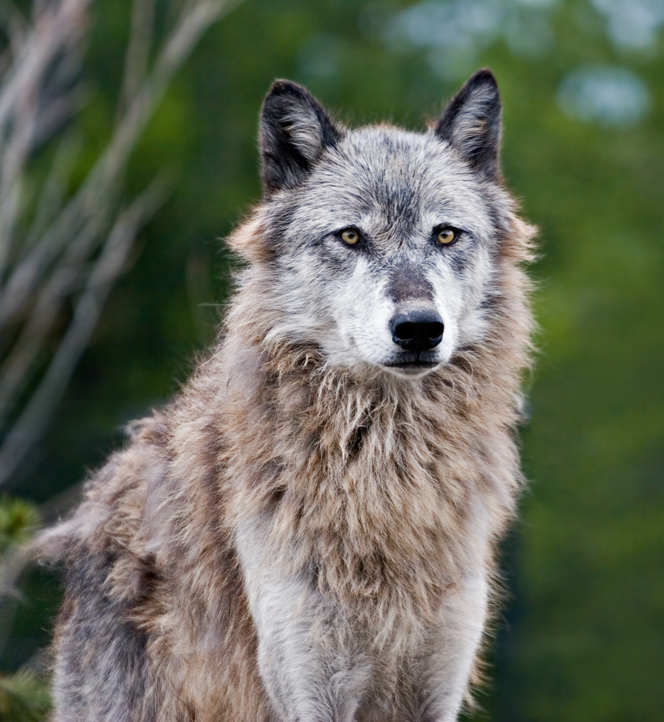
Wolves today are often regarded as charismatic and endearing, but their history in America is one of fierce turmoil and great misunderstanding. The fascinating story of the grey wolf’s perseverance in the face of colonization and aggressive reduction is found here.
“The colonization of North America was a profoundly zoological event. The muscles of dead beasts nourished European bodies as the skins of slain mammals filled European boat holds. The disappearance of native fauna eased the dispersal of European people, livestock, and plants across the continent. The conquest dripped animal gore. While visions of God, country, and treasure motivated the invaders’ actions, the bones of aboriginal creatures serve as reminders of the physicality of the colonial experience. Any story of colonization must account for the flesh in humans’ teeth as well as the thoughts in their head.” – Jon T. Coleman
Too Close for Comfort
Encounters with dangerous animals are always a possibility, and preparation can be key. But sometimes those animals are determined to put themselves in our way.
Charismatic Animals
We try to capture these moments with wildlife that make us hold our breath, immortalizing these priceless interactions.
Still Life
Playing with animal statues gives us a safe, up-close look at creatures that are not always easy to be around in person.
Our Animal Family
While some animals are dangerous, we do get close to others, whether they are squirrels, horses, fish, or the pets we bring with us.
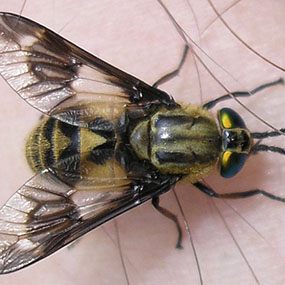
Pests on the North Country Scenic Trail
Stories of these unique experiences at national parks are found here.
